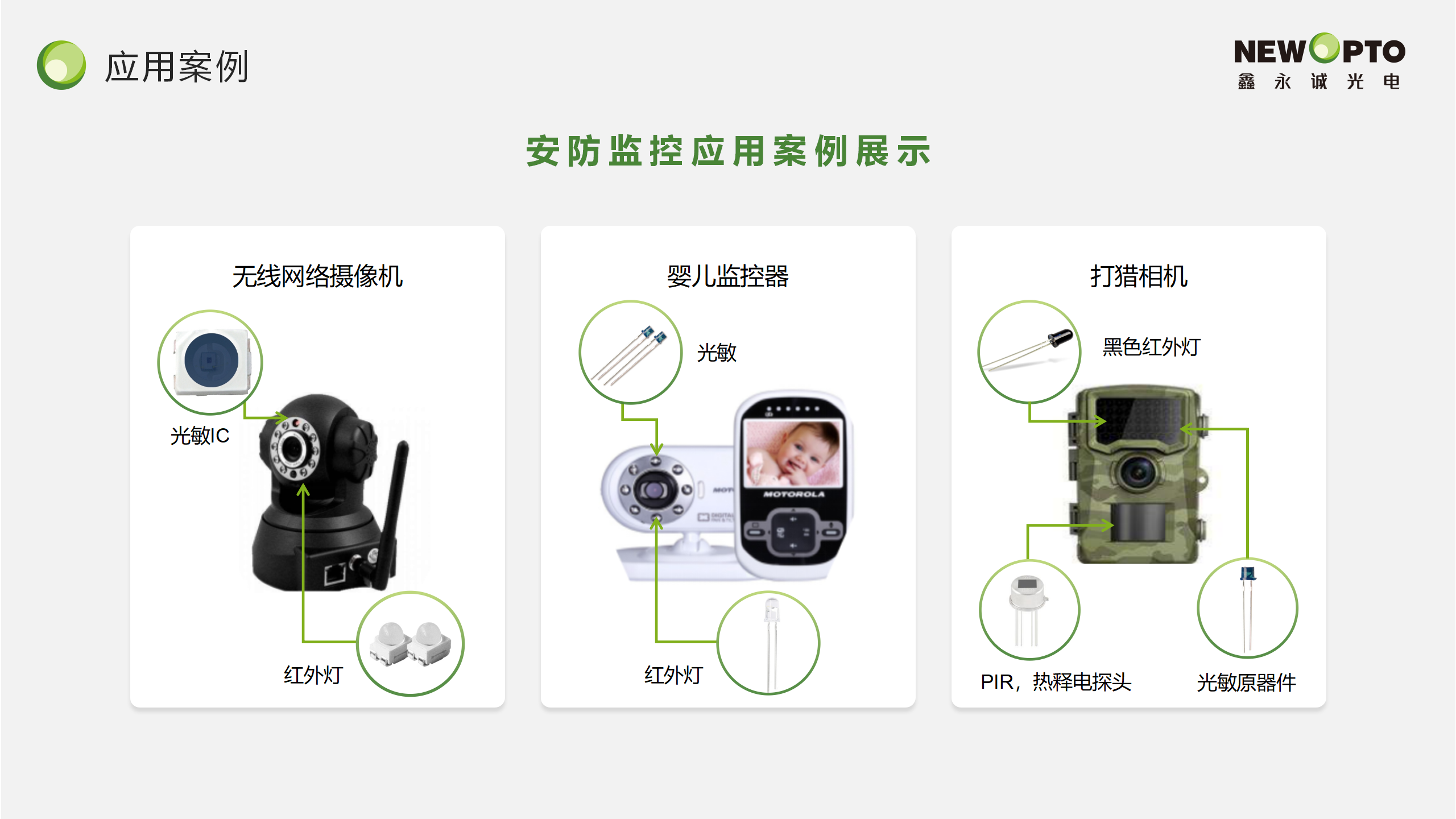2023-10-21
Infrared beam and reflection: differences and characteristics
In today's field of science and technology, infrared tube technology is widely used in various equipment and systems. However, many people may not be fully aware of the concepts and differences between infrared beam and reflection. This paper will discuss the characteristics of these two technologies and their applications in different situations.
I. Overview of infrared beam and reflection
 Infrared beam to the tube means that the infrared transmitter and the receiver are installed in the opposite direction, and when the emitted infrared ray encounters an obstacle, it will reflect back to the receiver, so as to realize the detection of the movement or position of the object. The infrared reflection on the tube means that the infrared emitter and the receiver are installed in the same direction, and when the emitted infrared meets an obstacle, it will be directly reflected back to the receiver, which is usually used to measure the distance or thickness of the object.
Infrared beam to the tube means that the infrared transmitter and the receiver are installed in the opposite direction, and when the emitted infrared ray encounters an obstacle, it will reflect back to the receiver, so as to realize the detection of the movement or position of the object. The infrared reflection on the tube means that the infrared emitter and the receiver are installed in the same direction, and when the emitted infrared meets an obstacle, it will be directly reflected back to the receiver, which is usually used to measure the distance or thickness of the object.
Second, the difference between infrared beam and reflection
Application: Infrared tube beam is mainly used to detect the presence or movement of objects, such as security monitoring, smart home and so on. The infrared reflection on the tube is mainly used for measuring distance or thickness, such as robot obstacle avoidance, industrial measurement, etc.
Advantages and disadvantages: infrared has high sensitivity and anti-interference ability to tube beam, but it is easily affected by ambient light. Infrared reflection on the tube has strong directivity, which is easy to measure and locate, but it is easily affected by the reflectivity of the object surface.
Third, the actual application scenario of infrared tube beam
Security monitoring: infrared tube beam is widely used in the field of security monitoring, such as smart cameras can improve the accuracy of alarms by detecting human movement or body temperature.
Smart home: Infrared tube beam can be used for automatic control in smart home systems, such as automatically adjusting the brightness of lights or the temperature of air conditioners when sensing the movement of people or pets.
Industrial inspection: In the production line, infrared beam can be used to detect the size, shape or defect of the product to improve production efficiency and product quality.
4. Practical application scenarios of infrared reflection on tubes
Robot obstacle avoidance: In the robot obstacle avoidance system, the infrared reflection on the tube can detect the distance of the obstacle ahead, so that the robot can accurately avoid the obstacle.
Industrial measurement: The use of infrared reflection on the tube to measure the distance or thickness of objects has the advantages of non-contact, high precision, etc., and is widely used in materials science, metallurgy and other fields.
Lidar: In LiDAR systems, the infrared reflection of the tube can be used to measure the distance and speed of the target object, providing important information for autonomous vehicles, drones, etc.
Case study: Application of infrared tube in intelligent camera
Smart cameras are widely used in security monitoring and smart home. Among them, infrared beam technology is often used in human body detection and movement tracking functions. When the camera detects the movement of the human body through the infrared beam, it will automatically trigger the alarm system or mark the moving area in the video screen. This application not only improves the accuracy of the alarm, but also provides a strong guarantee for family security.
Vi. Summary
Infrared reflectance and infrared reflectance are two different technologies, which are different in application fields, advantages and disadvantages, and practical application scenarios. Understanding the characteristics of these two technologies and their applications in different occasions helps us to better choose the appropriate infrared tube solution to meet different needs. With the continuous progress of science and technology, it is believed that infrared tube technology will play an important role in more fields.